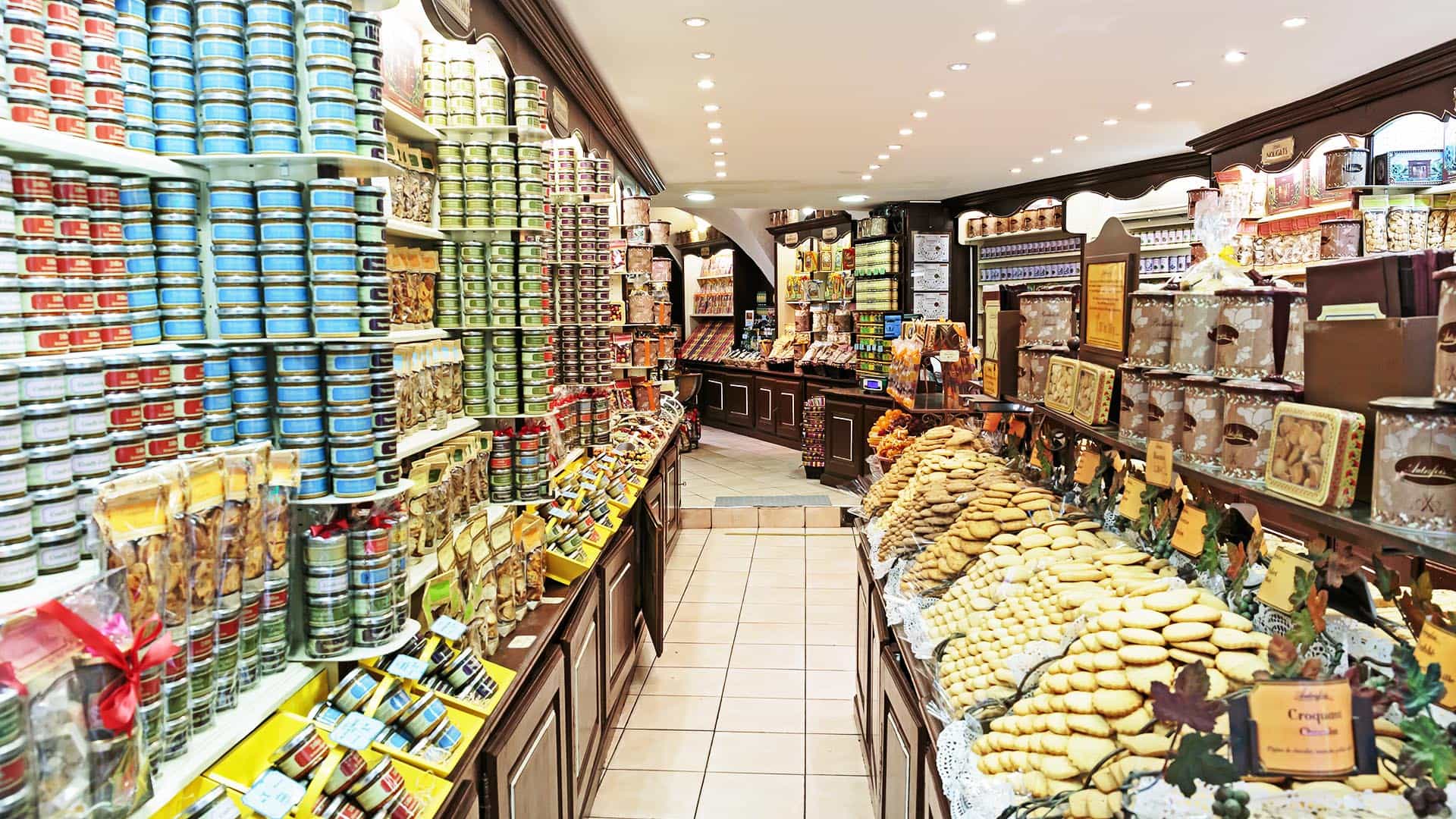If you thought the burger wars had cooled off, take note. Through a combination of marketing moxie, mobile innovation, and location intelligence, one international brand has fired them up again.
The flare-up comes courtesy of Burger King, which recently launched a bold effort to poach customers from rival McDonald’s. Like all memorable marketing campaigns, this one is both simple and fiendishly inventive.
As reported by QSR magazine and other outlets, the gambit works like this: Anyone with the Burger King mobile app and location services enabled on a smartphone can order a Whopper for just a penny—as long as they do so within 600 feet of a McDonald’s location. The BK app then directs the customer toward the nearest Burger King to claim the meal.
The initiative ends December 12, but its impact is likely to be felt well beyond.
A Digital Fence and a Dream
The practice of geofencing is integral to the Burger King effort. The geofence relies on several components, including an IoT device in the form of a smartphone, real-time IoT communications, and basic location intelligence. When the app senses that a customer’s phone has crossed the digital “fence” around a McDonald’s location, it unlocks the $.01 deal.
Geofencing is a form of location intelligence typically managed in a modern geographic information system (GIS). Companies inside and outside the retail industry have used the technique for customer connections, compliance, and even worker safety.
For instance, some logistics providers set up geofences to ensure that drivers stay within designated delivery routes. Oil and gas companies enlist GIS-powered geofences to deliver alerts to workers who are near hazardous areas. And organizations in many industries create geofences that trigger deals for shoppers, notifications for upcoming concerts, and information about historical landmarks.
Perhaps the most cunning use of location intelligence in the Whopper scenario isn’t the ability to sense where customers are, but the functionality that gets them where they need to be in time to retrieve their orders.
A Marketing Campaign Underscores Changing Customer Preferences
The BK marketing campaign may be short on subtlety, but there’s one aspect of it that may not be so obvious: Burger King is using location intelligence to answer an emerging customer demand that crosses industries.
The Whopper deal, it turns out, is a way to promote the new order-ahead capabilities in the company’s mobile app. Customers can now place orders through a mobile device and skip the line when they reach the restaurant. Delivering similar capabilities is front of mind for retailers, restaurant executives, and nearly all B2C companies. They’re answering it in interesting ways, with the help of location intelligence.
Logistics companies, for instance, are using GIS-fueled apps to deliver packages to almost any destination, subject only to the customer’s whim. Some will even deposit a package in a customer’s car trunk with help from a temporary access system that combines GIS and blockchain technology. (For more on that innovation, see WhereNext’s article on holiday deliveries.)
One of the top beverage retailers in the world uses GIS in its mobile app to ensure that customers who place orders on their devices will find their orders ready—at the expected temperature—when they walk into the store.
As consumer preferences and expectations change, forward-leaning executives in many industries are disrupting traditional methods of customer interaction. Through a combination of marketing ingenuity and GIS-powered location intelligence, some are finding new ways to stand out from the competition.
(For examples of how leading companies have harnessed location intelligence, explore this e-book.)
The Esri Brief
Trending insights from WhereNext and other leading publicationsTrending articles

December 5, 2024 |

July 25, 2023 |

April 1, 2025 |

November 12, 2018 |

February 1, 2022 |

April 16, 2024 |




